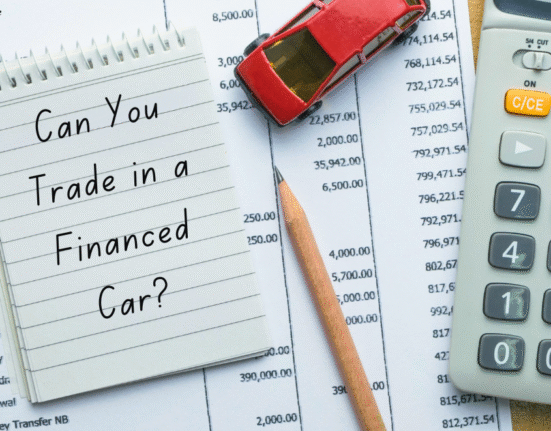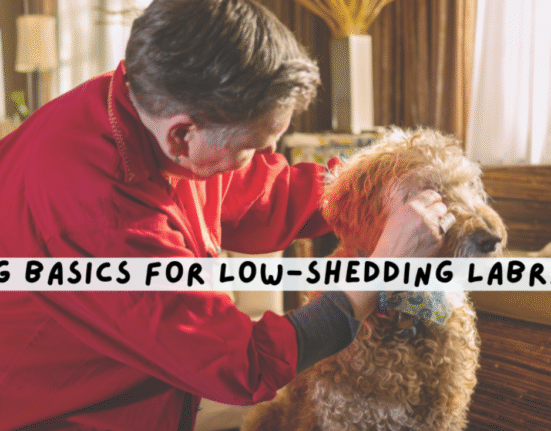If you’re self-employed, running a side hustle, or earning money outside your regular PAYE job, HMRC expects to hear from you — and that’s where Self Assessment comes in. It’s not just a bureaucratic hurdle; it’s your chance to make sure you’re paying the right amount of tax (and maybe even claim a refund).
The best part? You no longer need to battle a mountain of forms. HMRC’s Personal Tax Account puts everything in one secure online hub — from checking your tax code and viewing your Self Assessment status to adjusting your tax details or making payments. Simple, fast, and stress-free.
With the new 2025 rules, including the £3,000 PAYE adjustment for side hustles and freelance income, staying on top of your tax has never been more important. Get it right, and you avoid fines, surprises, and extra stress.
Who Needs to File a Self Assessment?
Not everyone in the UK needs to fill one in. Most employees with straightforward PAYE jobs don’t. But you do if you fall into one of these groups:
- Self-employed or freelance workers (yes, even if it’s just part-time gig income).
- Landlords earn rental income.
- Investors with dividends, crypto, or other untaxed gains.
- High earners making over £100,000 a year.
- People with side hustles bringing in over £1,000 annually — and with HMRC tightening rules on the £3,000 reporting threshold, more taxpayers than ever will fall into the Self Assessment net.
If you’ve got money coming in that isn’t already taxed at source, HMRC expects you to report it — otherwise you could end up on an OT tax code and paying more than you should.
Key Deadlines for 2025
Deadlines are where many trip up — and HMRC doesn’t mess around with late filers. Here are the dates to circle in red on your calendar:
- 31 October 2025 – Final deadline for sending in a paper tax return.
- 31 January 2026 – Deadline for filing online Self Assessment returns and paying your bill.
Miss either date, and HMRC slaps on a £100 fine straight away, even if you owe nothing. Wait longer, and the penalties snowball.
How to File HMRC Self Assessment
Filing can feel overwhelming the first time, but the process is more straightforward than most expect:
- Register with HMRC – If it’s your first time, you’ll need to sign up online and get your Unique Taxpayer Reference (UTR).
- Keep records in order – Income, invoices, expenses, bank interest, dividends — the more organised you are, the smoother the filing.
- Log in to HMRC online – Use your Government Gateway ID. The system walks you through section by section.
- Declare everything honestly – From freelance earnings to side gigs, HMRC wants the full picture.
- Claim expenses & reliefs – Travel, office costs, even part of your broadband if you work from home — don’t miss what you’re entitled to.
- Submit & pay – Once your return is accepted, HMRC tells you how much to pay and when.
Common Mistakes to Avoid
Plenty of people make the same errors each year. Here are the big ones to steer clear of:
- Leaving it to the last minute — crashes, log-in issues, and stress all multiply near the deadline.
- Forgetting to include side income — HMRC cross-checks with banks and companies, so undeclared earnings will surface.
- Not keeping receipts — expenses without proof can get rejected if you’re ever audited.
- Ignoring payment on account — some filers are surprised when HMRC asks for advance payments towards the next tax year.
Why Self Assessment Matters
Self Assessment isn’t just about paying tax — it’s also your chance to make sure you’re not overpaying. Many people actually discover they’re due a refund, especially if they’ve had fluctuating income, overlapping jobs, or claimable expenses. You can check if you need to file one using the official Gov.uk Self Assessment tool.
It also protects you from future headaches. HMRC fines for late filing or incorrect returns can pile up fast, and once you’re on their radar, they keep a close eye. Filing correctly and on time is the simplest way to stay clear.
FAQs
Q1. What is the new HMRC £3,000 tax rule for 2025?
From January 2025, HMRC will apply stricter rules on side hustles, freelance income, and undeclared earnings. If your extra income is over £1,000 a year, you must file a Self Assessment. If unpaid tax reaches £3,000 or less, HMRC can automatically collect it through your tax code instead of demanding a lump-sum bill. This makes it easier for PAYE workers to stay compliant without nasty surprises.
Q2. Do I still need to file a Self Assessment if I earn under £3,000?
Yes — if your total untaxed income is over £1,000 (from self-employment, property, or side hustles), you still need to file. The £3,000 figure isn’t a threshold for filing; it’s the maximum HMRC can recover via your tax code. For anything higher, you’ll need to pay directly after submitting your return.
Q3. How do I check if HMRC has already adjusted my tax code for the £3,000?
Log in to your Personal Tax Account to see your current tax code, payments on account, and any adjustments HMRC has made. If your code changes (for example, to 1257L, BR, or OT), HMRC may be spreading unpaid Self Assessment tax through PAYE. Always double-check that your details are correct.
Final Words
The HMRC Self Assessment might not be anyone’s idea of fun, but it’s unavoidable for millions. The good news? With some organisation, a bit of record-keeping, and an eye on deadlines, it doesn’t need to be stressful.
So, whether you’re a freelancer, landlord, or side hustler — don’t wait until January panic season. Get it done early, avoid the fines, and move on with peace of mind.
Visit: Pure Magazine








